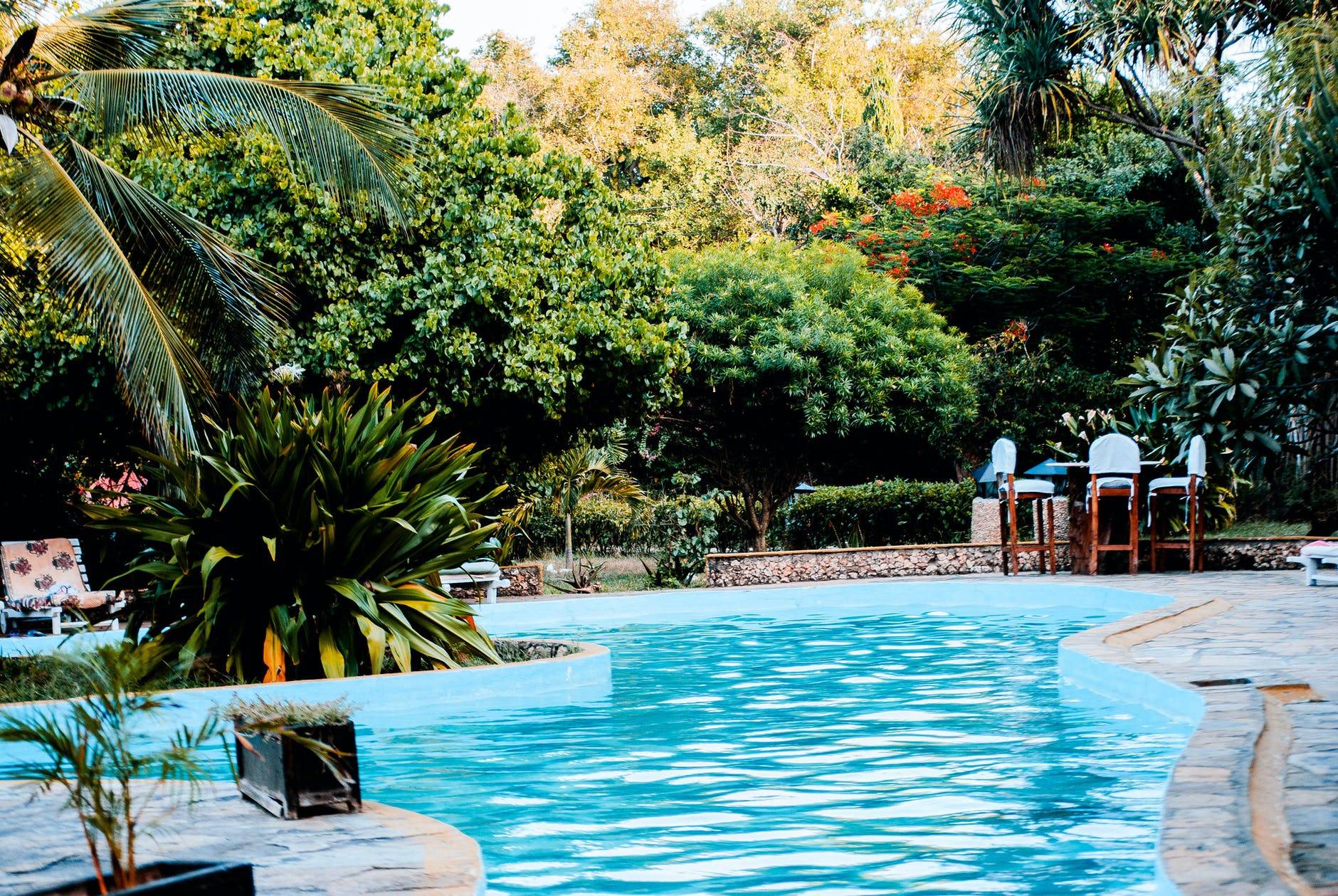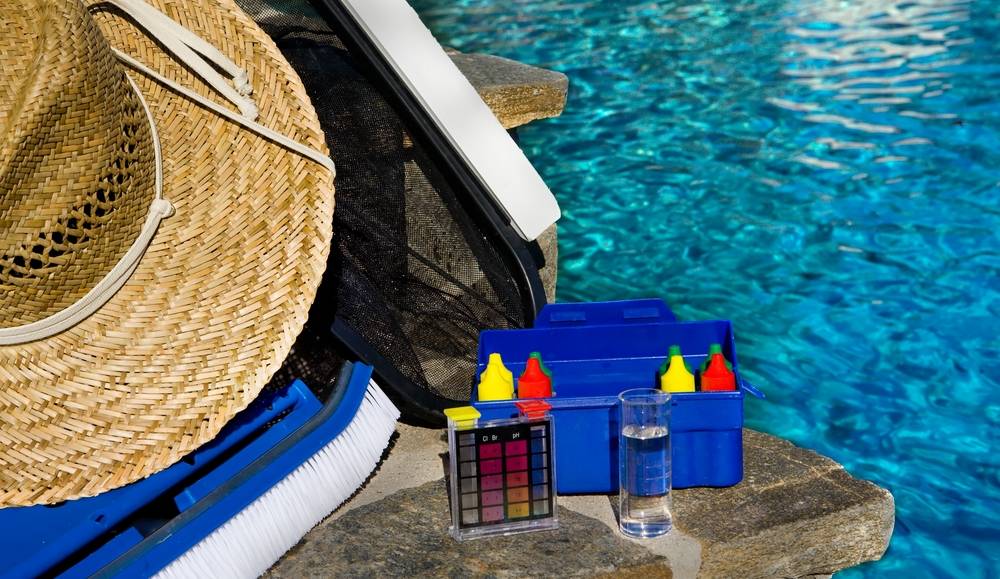Just bought a house with a pool. Pool appears to have been kept up very well and is only about 10 years old. In North Texas (Dallas) area.
I knew nothing about pool keeping and have learned a bunch from online sources including this group. Very thankful for everybody here. One of the more positive aspects of social media and crowd sourcing, I suppose.
Anyway, been running my chemistries, and for the most part, I've been able to keep most in line and within (or close) to acceptable values. Except for two: Salt and CYA.
The system is a SWG 15,000 gallons, however, when we moved in in October, the salt cell had probably stopped generating chlorine due to cooler temps - I'm getting a very low to 0 salt reading. When we moved in, the chlorine floater was in the pool with several chlorine tabs in it. Since my first test, the CYA has been hovering way above the 100 mark (only goes to 100) since I moved in. I suspect that it might be around 300-500+ but don't know. Regardless way too high!
Couple of questions. Am I heading down the right path in assuming that?:
I knew nothing about pool keeping and have learned a bunch from online sources including this group. Very thankful for everybody here. One of the more positive aspects of social media and crowd sourcing, I suppose.
Anyway, been running my chemistries, and for the most part, I've been able to keep most in line and within (or close) to acceptable values. Except for two: Salt and CYA.
The system is a SWG 15,000 gallons, however, when we moved in in October, the salt cell had probably stopped generating chlorine due to cooler temps - I'm getting a very low to 0 salt reading. When we moved in, the chlorine floater was in the pool with several chlorine tabs in it. Since my first test, the CYA has been hovering way above the 100 mark (only goes to 100) since I moved in. I suspect that it might be around 300-500+ but don't know. Regardless way too high!
Couple of questions. Am I heading down the right path in assuming that?:
- CYA wouldn't be that high unless the SWG had not been working for quite some time (probably back before the summer) and they had just been using chlorine tablets as the main source of chlorine for quite some time - possibly throughout at least last summer and possibly longer? What else would explain the the super high CYA?
- It seems like the CYA wouldn't be that high if they only floated tabs for the month or so since the temps lowered after this summer and the SWG shut down, right?
- I have stopped floating tabs and am starting to use bleach, hoping that I can at least stop the rise of the CYA.
- I know that the only way to properly and more quickly lower CYA is to do a water dump. However, since I've stopped using tabs and I continue to top the pool off with fresh water when needed (there is a small fountain bubbler, a water fall, and lots of wind so I get some pretty good surface interaction and evaporation) will that not be enough to eventually start bringing the CYA down? 3-4 more months of top-offs and the CYA could work its way down towards normal?
- Also, since I suspect the SWG has not been used in a while, is there a way to know if it is is broken and/or has not been performing like it should for a while even though it has shut itself down due to low temps. IOW, can I test it now in December to see if it is still a good working cell? Diagnostics, etc? How much for new one?
- I have calculated (to the best of my ability) that a total pool refill will run me less than $200. Is that possible? Seems very inexpensive but not complaining. Anything else I need to consider? Do the dump myself or have someone do it for me? Tips/tricks?



